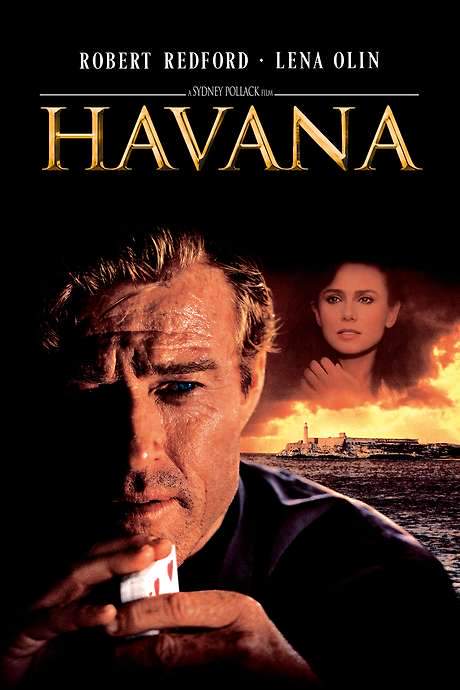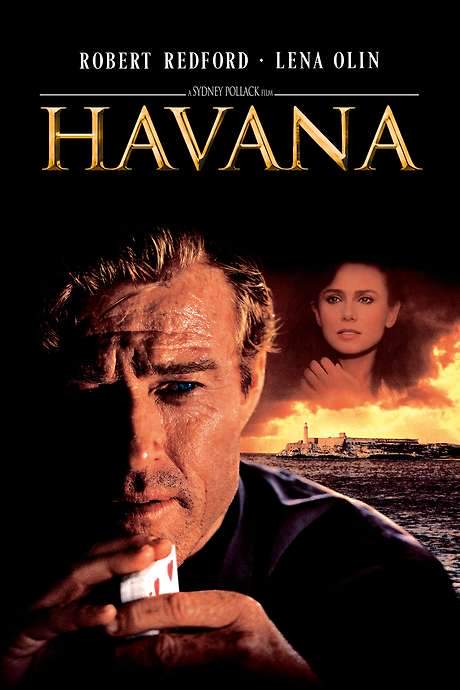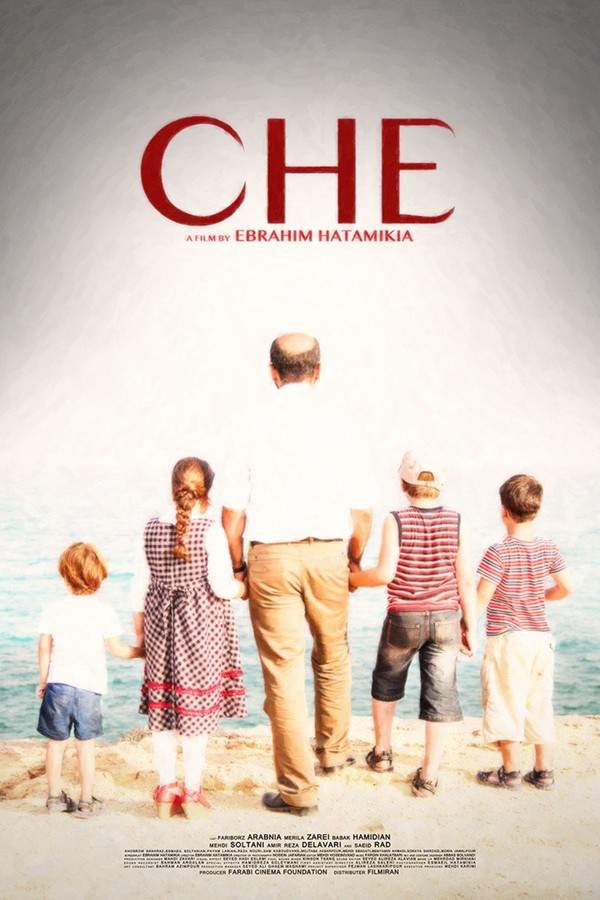
Che 2008
Directed by
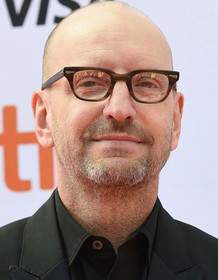
Steven Soderbergh
Made by
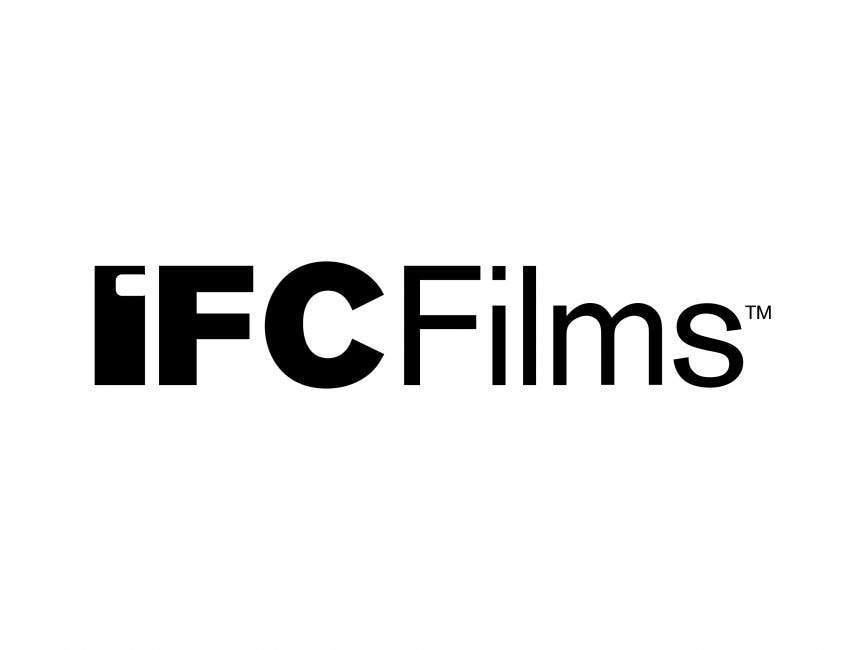
IFC Films
Test your knowledge of Che with our quiz!
Che Plot Summary
Read the complete plot summary and ending explained for Che (2008). From turning points to emotional moments, uncover what really happened and why it matters.
In the vibrant and tumultuous landscape of Havana, Cuba, during December 1964, the legendary Ernesto ‘Che’ Guevara (Benicio Del Toro) is interviewed by journalist Lisa Howard (Julia Ormond). During their conversation, Howard probes Guevara on the possibility that reform efforts across Latin America might dilute the revolutionary message of Cuba. This scene underscores the revolutionary fervor and complex ideological debates that surrounded Guevara during this era.
The story traces Guevara’s early encounters, beginning in 1955 at a pivotal gathering in Mexico City, where he first meets the charismatic Cuban exile Fidel Castro (Demian Bichir). Guevara listens intently as Castro lays out his revolutionary plans, which resonate with Guevara’s own ideas, leading him to join the July 26th Movement. This alliance marks the beginning of Guevara’s deep commitment to overthrowing Batista’s corrupt regime and reshaping Cuba’s future.
The narrative then moves to 1964, highlighting Guevara’s fervent speech before the United Nations General Assembly in New York City. In this powerful address, he vehemently condemns American imperialism and justifies the executions carried out by his regime, asserting, >“This is a battle to the death.”* His words reflect his unwavering revolutionary spirit and his belief in the righteousness of his cause.
By March 1957, Guevara faces physical challenges like severe asthma, yet he perseveres. Alongside Castro’s guerrillas, Guevara actively participates in a daring attack on an army barracks in the Sierra Maestra on May 28, 1957. Their relentless efforts begin to sway the rural peasant population in Cuba, gathering crucial support while confronting both a corrupt government and internal traitors. Gradually, the rebel forces gain ground, and the Cuban government starts losing control over the countryside.
As the rebels strengthen, they form alliances with other revolutionary factions, escalating their campaigns by attacking towns and villages, most of which fall with minimal resistance. The turning point arrives in October 1958, when the guerrillas approach the town of Las Villas. The Battle of Santa Clara becomes a defining moment, showcasing Guevara’s strategic acumen as he leads the urban combat with fierce determination. In the intense street-to-street fighting, Guevara’s daring actions, including derailing a train loaded with soldiers and weapons, highlight his fearless leadership. During this climactic confrontation, Guevara often takes bold risks, fighting under fire to secure victory.
The rebels’ triumph is sealed as they successfully overthrow the Batista regime, which flees the country. The victory sparks celebration and hope, signaling the end of a brutal dictatorship. On New Year’s Day, 1959, Guevara arrives in Havana, declaring with conviction, “We won the war, the revolution starts now.” This marks the beginning of a new chapter focused on revolutionary change, social justice, and the establishment of a new Cuba.
Throughout this tumultuous period, Guevara emerges as a symbol of revolutionary fervor and dedication. His strategic brilliance, unwavering convictions, and tireless efforts played a central role in transforming Cuba from a dictatorship into a revolutionary state. The story captures not only the military campaigns and political upheavals but also the personal sacrifices and ideological battles that defined Guevara’s life and legacy.
Che Timeline
Follow the complete movie timeline of Che (2008) with every major event in chronological order. Great for understanding complex plots and story progression.
Guevara's interview in Havana
In December 1964, Ernesto 'Che' Guevara is interviewed by Lisa Howard in Havana. She questions whether reform across Latin America might dilute the effectiveness of the Cuban Revolution's message, prompting Guevara to defend the revolution's principles and resolve.
Guevara's first encounter with Fidel Castro
In 1955, Guevara travels to Mexico City where he meets Fidel Castro at a gathering. He listens to Castro's revolutionary plans and decides to join the July 26th Movement, marking his commitment to overthrow the Cuban government.
Guevara's UN speech
Guevara addresses the United Nations General Assembly in 1964, where he passionately speaks against American imperialism. He defends Cuba's executions, framing the revolution as a decisive, battle-to-the-death struggle.
Guevara's health struggles and early revolutionary actions
In March 1957, Guevara suffers from asthma attacks while coordinating with Castro's forces. Despite health issues, he participates in a key attack on an army barracks in Sierra Maestra in May, initiating the revolutionary campaign in Cuba.
Attack on the Sierra Maestra
On May 28, 1957, Guevara and the guerrillas attack an army barracks in Sierra Maestra, beginning their military campaign. The attack boosts support among Cuban peasants and strengthens their fight against the corrupt regime.
Growing support and territorial gains
Following initial victories, Guevara's forces win over the rural population of Cuba. They gradually lose control of some areas of the countryside, but forge alliances with other revolutionary groups to increase their reach.
Approach to Las Villas and Battle of Santa Clara
On October 15, 1958, the guerrillas reach Las Villas. The Battle of Santa Clara involves intense street fighting where Guevara displays his tactical brilliance. They succeed in derailing a train carrying Cuban soldiers, leading to a decisive victory.
Victory and revolution's end
With their victory at Santa Clara, the rebels succeed in overthrowing Batista’s regime. Guevara demonstrates bravery during the final battles, taking risks under fire, and the Fidelist forces take control of Havana.
Fleeing dictator and revolution's victory
After learning that Batista has fled the country, Guevara and his forces declare victory. The revolution is complete, and on New Year’s Day 1959, Guevara travels to Havana, announcing that they have won the war and that 'the revolution starts now.'
Revolution begins
Guevara’s arrival in Havana symbolizes the dawn of the new regime. With Batista gone, the revolutionary government begins the process of establishing socialism and implementing reforms across Cuba.
Che Characters
Explore all characters from Che (2008). Get detailed profiles with their roles, arcs, and key relationships explained.
Ernesto 'Che' Guevara
Che Guevara is depicted as a committed revolutionary leader with strategic brilliance and relentless determination. He struggles with personal health issues but remains passionate about his vision of social justice. His character embodies idealism, resolve, and the complexities of leadership in wartime.
Fidel Castro
Castro is portrayed as a charismatic and strategic figure who collaborates with Guevara. His leadership qualities and political acumen are evident as he guides the Cuban revolution. He acts as a unifying force for the revolutionary movement and the subsequent government.
Lisa Howard
A journalist representing the external world's perspective, Lisa Howard engages with Guevara through interviews, providing insights into his ideology and the revolutionary movement. She serves as a narrative device that connects the revolution to international audiences.
Che Settings
Learn where and when Che (2008) takes place. Explore the film’s settings, era, and how they shape the narrative.
Time period
1950s to 1964
The film covers a crucial period of the Cuban Revolution, starting in the mid-1950s and culminating in the revolutionary victory in 1959, followed by Guevara's international activism through 1964. This era was marked by Cold War tensions, anti-imperialist movements, and significant political upheaval within Cuba and globally.
Location
Havana, Cuba, Sierra Maestra, Mexico City, New York City
The movie spans several key locations in Cuba and abroad, including Havana, a vibrant Caribbean capital known for its cultural history and revolutionary spirit. The Sierra Maestra mountains serve as the revolutionaries' stronghold, symbolizing guerrilla warfare and rural resistance. Mexico City is depicted as a gathering place for revolutionary plans, while New York City hosts Guevara's important UN speech, highlighting international politics.
Che Themes
Discover the main themes in Che (2008). Analyze the deeper meanings, emotional layers, and social commentary behind the film.
🔥
Revolution
The movie explores the theme of revolution as a means of radical change against oppression and corruption. It highlights guerrilla warfare, political activism, and the sacrifices involved in overthrowing a regime. The narrative emphasizes struggle, victory, and the aftermath of revolutionary ideals.
🌍
Anti-Imperialism
A central theme is resistance against American imperialism, portrayed through Guevara's speeches and actions. The film underscores the importance of sovereignty, national pride, and global solidarity against foreign domination, especially during the Cold War context of the 1960s.

Coming soon on iOS and Android
The Plot Explained Mobile App
From blockbusters to hidden gems — dive into movie stories anytime, anywhere. Save your favorites, discover plots faster, and never miss a twist again.
Sign up to be the first to know when we launch. Your email stays private — always.
Che Spoiler-Free Summary
Discover the spoiler-free summary of Che (2008). Get a concise overview without any spoilers.
In the smoldering heat of 1950s Havana, a nation teeters between the opulence of a crumbling dictatorship and the restless yearning of a people longing for change. The streets pulse with whispered dissent, cafés become hotbeds of political theory, and the ever‑present echo of gunfire reminds everyone that the old order is fragile. Against this backdrop of vibrant chaos and looming Cold‑War shadows, the world feels both intimate and vast, a place where personal convictions can ignite sweeping movements.
Ernesto “Che” Guevara arrives from distant Argentina, a young doctor whose idealism is as fierce as the tropical sun. Drawn to the promise of a more equitable society, he encounters Fidel Castro, the charismatic exile whose vision of revolution resonates with his own yearning for justice. Their early connection sparks a partnership that blends intellectual debate with visceral commitment, setting the tone for a story that balances philosophical reflection with the raw urgency of insurgent life. The film immerses viewers in the gritty reality of guerrilla camps, the camaraderie of comrades, and the relentless introspection of a man wrestling with the weight of his own ideals.
As the rebellion gains momentum, Che’s journey expands beyond Cuba’s borders, hinting at a restless drive to spread his revolutionary philosophy throughout Latin America. The narrative hints at future forays into dense jungles and remote mountain towns, places where his resolve will be tested against both external forces and inner doubt. Through atmospheric cinematography and a soundtrack that weaves together folk chants and the restless beat of the era, the story invites the audience to contemplate the cost of conviction, the allure of myth, and the enduring question of how far one will go to shape history.
Can’t find your movie? Request a summary here.
Movies with Similar Twists and Themes
Uncover films that echo the narrative beats, emotional arcs, or dramatic twists of the one you're exploring. These recommendations are handpicked based on story depth, thematic resonance, and spoiler-worthy moments — perfect for fans who crave more of the same intrigue.
Featured on this page

What's After the Movie?
Not sure whether to stay after the credits? Find out!
Explore Our Movie Platform
New Movie Releases (2025)
Famous Movie Actors
Top Film Production Studios
Movie Plot Summaries & Endings
Major Movie Awards & Winners
Best Concert Films & Music Documentaries
Movie Collections and Curated Lists
© 2025 What's After the Movie. All rights reserved.



